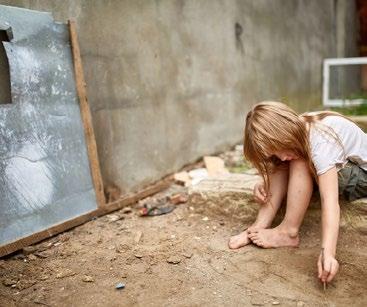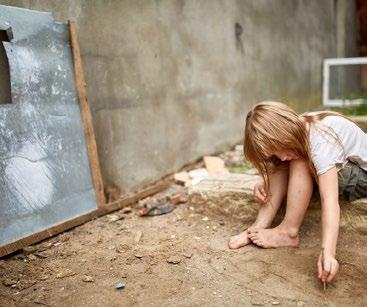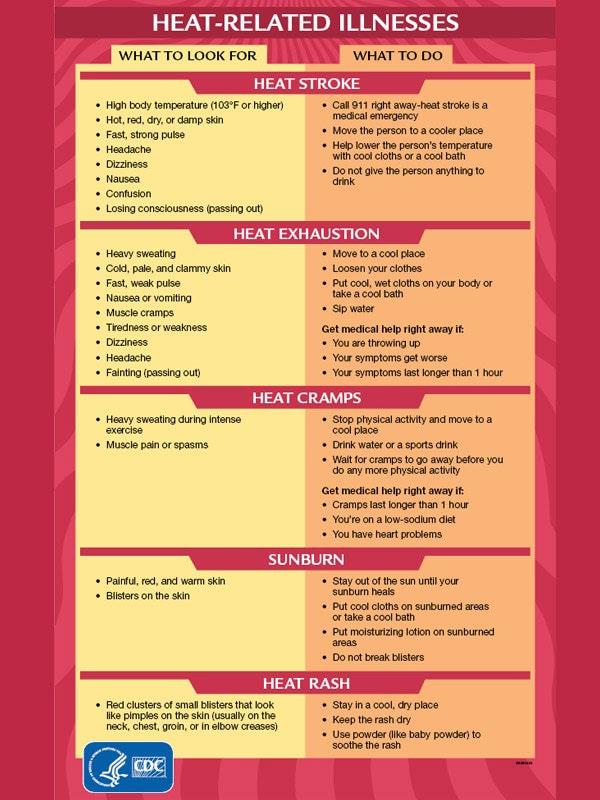
3 minute read
Turning your church into a cooling station
from The Contact 6-26-24
by okumc
Temperatures in Oklahoma have

Temperatures in Oklahoma have already topped 100 for multiple days, causing Emergency Medical Services Authority (EMSA) to issue two medical heat alerts already - and it’s only June.
The medical heat alert is a system put in place to react to a higher-than-normal volume of heat-related emergency calls.
According to weather predictors, it seems there is no relief in sight for the oppressive heat and humidity blasting the state.
Many people, especially the unhoused, will be stuck in the heat with nowhere cool to go.
Meanwhile, churches often sit empty during the week, with air conditioners running to ensure pianos stay tuned, electronics equipment survives, and staff are healthy.
It would seem to be a foregone conclusion that churches would open their air-conditioned doors and welcome in all those who are hot, tired, and thirsty.
Of course, nothing is ever that easy.
Stumbling blocks include staffing, liability, safety, and other concerns.
According to the CDC, a cooling center is a location, typically airconditioned or otherwise cooled, which is designated as a provider of respite and safety during extreme heat.
Cooling stations are indoors, like libraries or churches, or outdoors, like tents with fans, shade, and water.
Barriers to use
According to the CDC, many vulnerable community members do not recognize their vulnerability and may feel that they have adapted to the heat and are therefore less susceptible than they really are to the heat.
Another barrier is that many lack transportation to and from cooling centers. When offered a choice between walking a mile or more in the heat to a cooling station and staying still in the shade without it, many will opt for the latter.
If pets are not allowed in cooling centers, many will opt to stay with their pets. Pets are just as susceptible to heat injuries, so cooling centers are advised to make provisions for pets.
Additionally, there is stigma associated with using cooling centers. Whether it’s the independent Oklahoma spirit of taking care of oneself, or whether it’s a perception of weakness, many simply will not use anything that is perceived as a charity.
Many members of the unhoused population are suffering from some sort of mental illness. A real worry is that those individuals will be asked to leave if their behavior is seen as unwanted.
Lastly, many people simply do not know of the existence of local cooling centers. What may seem obvious to those on the inside may be invisible to others. Advertising is key.
Advice from the experts
The CDC has much “grey literature” - information that has been gathered but not yet peer-reviewedabout how to make cooling stations work.
Of course, no one solution will work for every church, and this advice has been adapted.
Staff are essential. Ensuring that there are staff on hand to explain the purpose and capacity of the cooling station, as well as keeping supplies on hand, restrooms clean, etc.
It’s also important that staff have basic training in hospitality, deescalation, and recognizing signs of heat-related illness.
Promote the services you offer. When opening a cooling station, it is imperative to get the word out. Not only should the planners advertise with public service announcements in all the usual places; they should also promote what it is they offer.
While some cooling stations are strictly for humans and offer cool air and water, others might offer charging stations, pet-friendly spaces, meals, snacks, internet access, comfortable seating, and more.
If your church is interested in opening a cooling station this summer, check out this resource for helpful information.






